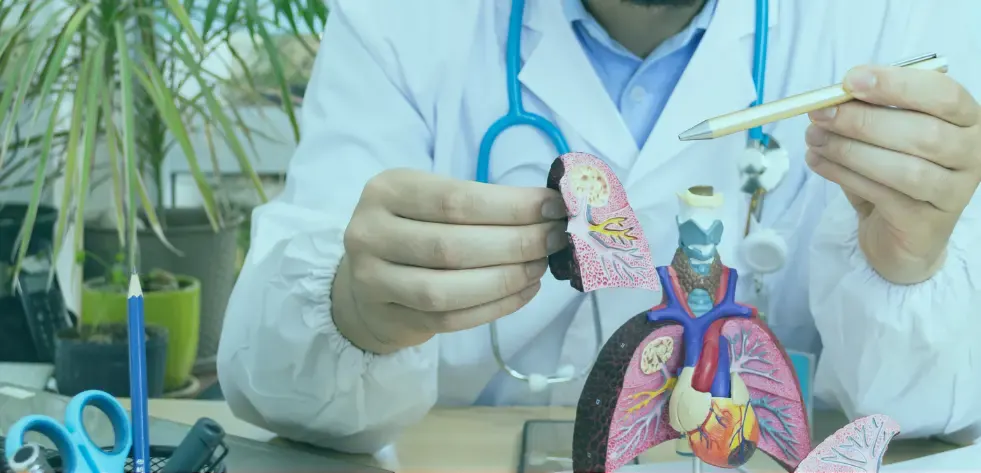Medotil's Promise: No hidden charges
Rest assured, no additional cost will be incurred from our end because your health is priceless.
Request a Free Consultation Contact Us
Medical experts perform aneurysm repair as a necessary surgical procedure that addresses weakened blood vessel conditions that produce bulging structures prone to dangerous health risks.
Read MorePatients undergo arrhythmia surgery because their abnormal heart rhythms resist all available medical treatment options. The work of a heart surgeon becomes essential when treating serious arrhythmia cases to maintain proper heart operation.
Read MoreMedical professionals perform congenital heart surgery to fix heart defects that patients have since birth. A heart surgeon diagnoses and treats these heart conditions through operational methods to provide improved life quality for patients.
Read MoreThe surgical intervention Coronary Artery Bypass Grafting (CABG) serves to enhance heart blood flow for patients experiencing severe coronary artery disease.
Read MoreThe treatment of serious conditions including severe gastroesophageal reflux disease along with achalasia and esophageal cancer depends on esophageal surgery as a critical medical procedure.
Read MoreThe replacement of an unhealthy heart with a healthy donor heart through surgery represents a life-saving operation. The medical procedure serves end-stage heart failure patients along with those who have severe heart disease beyond other treatment options.
Read MoreThe medical specialty of lung surgery treats diverse respiratory issues which also include cancer of the lungs together with infections as well as continual diseases.
Read MoreMediastinal Surgery is a surgery for the treatment of tumors, cysts, and other abnormalities in the mediastinum, which is the central compartment of the chest.
Read MorePleurectomy/decortication is a surgical procedure performed for the treatment of malignant pleural mesothelioma and other pleural diseases by removing the diseased pleura and any associated tumor masses.
Read MoreTracheal surgery is a vital procedure in treating the complications caused by tumors, stenosis, or trauma of the trachea. More often, a tracheostomy tube double lumen is placed during this surgery to maintain an open airway.
Read MoreThe procedure of valve repair or replacement serves as a vital cardiac operation that treats dysfunctional heart valves to establish proper blood circulation.
Read More